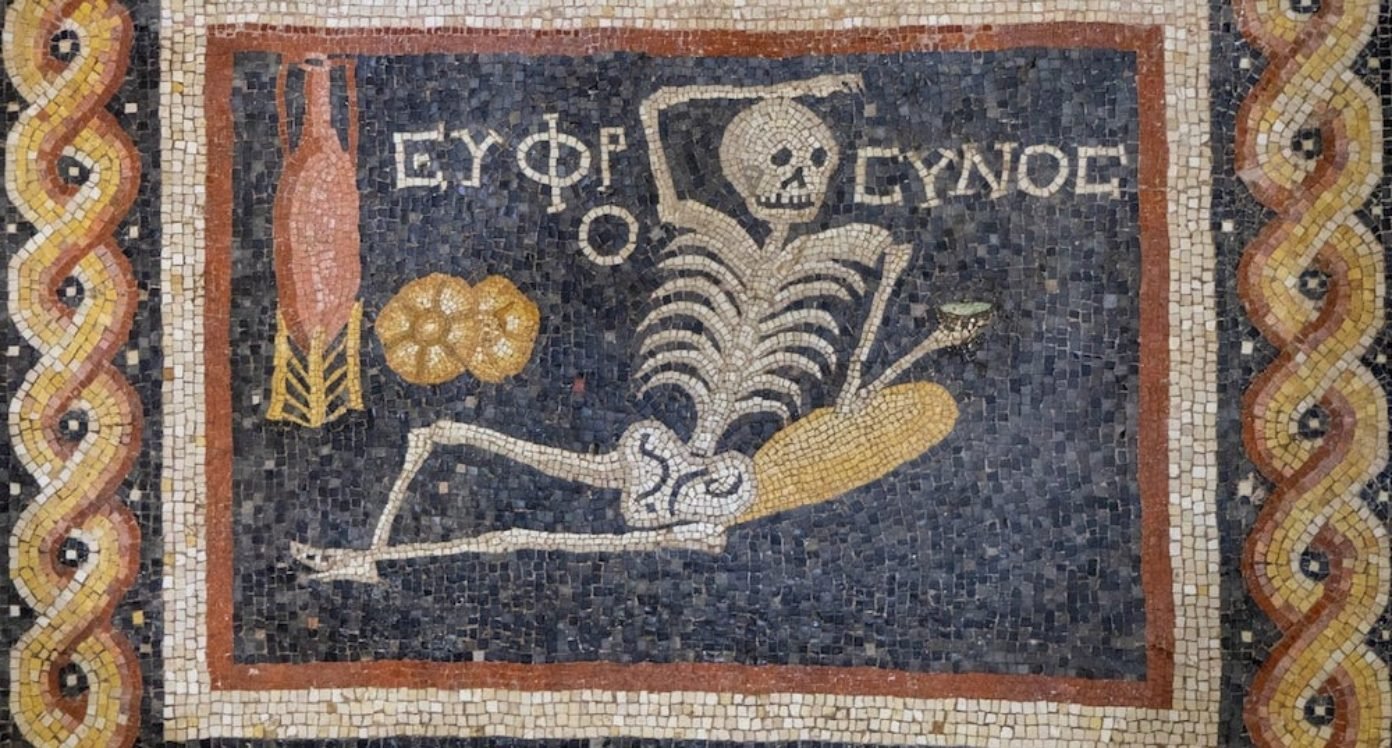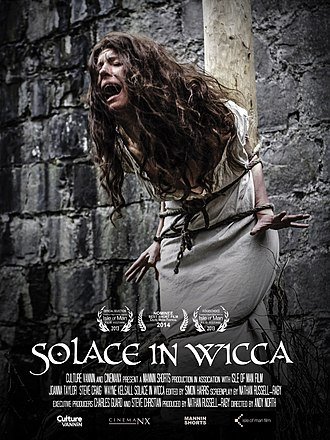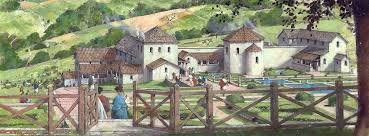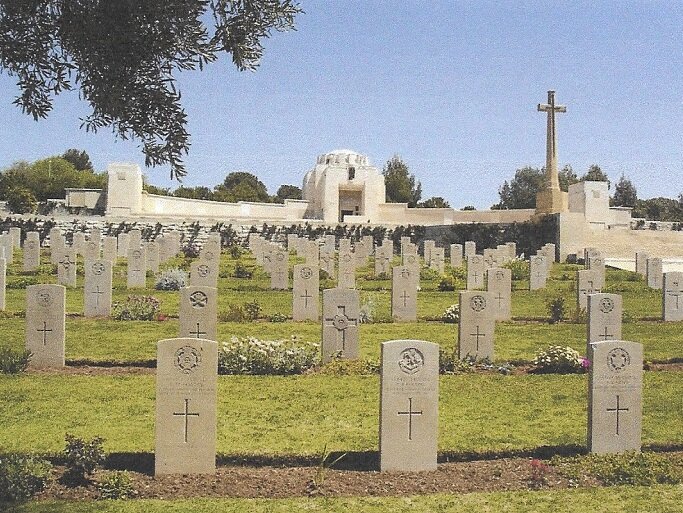… Suffice to say that garum, a humble fishy condiment, helps us to understand and humanise these economic processes, from the lives of fishers and their boats and nets to the free and enslaved workers who processed the fish – all the way through the supply chain across water and land, to far flung borders like Hadrian’s Wall …
Read moreMusculoskeletal Disorders in Archaeologists who Dig
‘Be cheerful, enjoy life’ says the merry skeleton from Hatay, Turkey
There’s plenty of material in the literature about musculoskeletal disorders (MSDs) in the archaeological record. What there is very little of however - perhaps surprisingly - is material specific to archaeologists who themselves have MSDs. This is quite some oversight, given that MSDs are not uncommon in archaeologists who have spent part of their careers digging, and that there are serious career implications for archaeologists having any kind of physical disability of illness, whether it be participation in digging, field-walking, driving, running a fieldwork camp & kitchen, and all kinds of dexterous work.
Read moreWomen In Archaeology - Meeting Dr Larch Garrad, Isle of Man
Larch the Educationalist. (Credit: Manx National Heritage)
I met the formidable Dr Larch S Garrad at the Manx Museum in 1980. It was a rather unnerving experience for a 20 year old archaeology student, although I didn’t realise at the time quite how lucky I was. This is a short story of how she saved me from writing a terrible dissertation, rescued my degree, and probably enabled my future career and eventually the establishment of #TRAC. It’s a trivial story in itself; but it’s an adjunct to the whole bigger narrative of extraordinary women of archaeology who deserve much wider recognition. Garrad should have been appointed Director of the Manx Museum, but wasn’t. Nevertheless she became an Isle of Man icon - an archaeologist, educator, natural environment expert, and historian of the landscape.
Read moreWhen Gertrude Met Vita: the Friendship of Gertrude Bell and Vita Sackville-West
The vibrant Vita Sackville-West was one of the last British visitors to Gertrude Bell’s Baghdad home in 1926, a few months before Bell’s tragic death from an overdose. The two women were quite different in age, temperament and outlook, but had much in common, not least that they were forces of nature with gripping personal stories and a penchant for rattling the bars of their gilded, gendered cages. Both were the snobbish sort of gender-rebels, drawn together by social class, financial privilege and circumstance. Despite being denied positions, opportunities and property through not being born male, neither of them were particularly feminist. Rich women like Vita and Gertrude didn’t need to be.
Read moreThe Falklands Yomper - Still Betwixt Barracks and Beach
We were among a few who went down to the Falklands Yomper on Armistice Day at the 11th hour to pay our respects, and who took the short walk to the memorial garden in the grounds of the former Royal Marines barracks and museum. It’s good to have it regularly confirmed in the cold light of day that the Yomper is still in place - and that the plan to relocate him from his position atop his mound overlooking the Solent remains mercifully shelved - at least for now.
Read moreThe Horrors of the Burnings of 'Witches' and Heretics - Island Stories
Sixteenth and 17th century Europe saw a huge swathe of prosecutions, tortures and executions of so-called witches and heretics, including the brutal burnings of local families by foreign elite powers on islands perceived to have weak Christianity and church and a fondness for long-lived pagan superstitions and culture. In this piece I look at the burnings of supposed ‘witches’ and heretics on Guernsey, the Isle of Man and Iceland, and some of the symbols of resistance I remember from my own Manx childhood.
Read moreInfanticidal Women: The Strange Resurgence Of Murder Trials In A Corner Of Modern England
In one 2021 case in Portsmouth, that of Lisa Blagden, where a murder charge would have been ludicrous given there wasn’t even a killing but rather a perinatal death of indeterminate cause, the bewilderingly punitive Wessex CPS went full steam ahead for a Victorian ‘concealment’ charge and prosecution. This was the prosecution of a groomed, abused, mentally unwell, poor and bereaved young woman who had been deprived in pretty much every way. When the case finally came to court, the judge quite rightfully and mercifully ordered that the accused be given an absolute discharge.
Read moreGertrude Bell and the Pandemic
Gertrude Bell with T.E. Lawrence circa 1920 (Credit: Gertrude Bell Archive, Newcastle University)
Gertrude Bell, T. E. Lawrence and David Lloyd George each had their brushes with the ‘Spanish Flu’ influenza pandemic of 1918-19 and the grief, illness and long-term effects that accompanied it. Sir Mark Sykes, joint author of the secretively planned 1916 Sykes-Picot agreement which carved up the post-WW1 Middle East to Russio-colonial tastes, caught a fatal dose at the Paris Peace Conference in 1919.
The agreed British and American position in political circles was to play down the seriousness of the influenza epidemic and this is evident in Gertrude Bell’s letters, as she alerted her family to her illnesses and her need to pay doctors while almost casually brushing off her ill-health. She played the game well, abiding by the party line of not admitting to weakness to avoid stirring any greater unrest in a world still reeling from the upheavals of the Great War and a period of very wet, cold weather. Even the misnomer ‘Spanish Flu’ suited the western powers seeking to remove this influenza epidemic from public view and world leaders’ spheres of responsibility.
Read moreNorton Disney Roman Villa Landscape 2021 - A New Threat
Source: English Heritage, Roman Villa in Britain Reconstruction
I’m not the only person to have noted that the new planning application for Villa Farm Norton Disney does not differ in any meaningful way from the previous unsuccessful application. Given that the statutory authorities, if the system works as it should, are duty bound to reject this latest application, it begs the questions why the developers bothered to do it?
And this is the question that bugs me.
Read moreFrom Greenham Common to Clapham Common - Two Generations of Women's Vigil & Protest
I thought I should stick this piece on my Archaeology Blog, too. It’s inter-generational women’s history.
CLICK HERE TO READ
The Last Dambuster - Landmark, Landscape and Memory at Norton Disney, Lincs
George ‘Johnny’ Johnson, Pride of Britain Awards (Photo: Steve Bainbridge / Daily Mirror; reprinted by LincolnshireLive). Updated: Johnny Johnson passed away in his sleep in December 2022, aged 101.
When the last surviving Dambuster, 98 year old George ‘Johnny’ Johnson, turned over a spadeful of earth at last year’s ground breaking ceremony at Norton Disney in Lincolnshire, he inaugurated the long-awaited construction of a major landmark sculpture of a Lancaster bomber. ‘Johnny’ Johnson, who among other honours and awards has an MBE for services to Second World War remembrance and the community, including his outstanding work on mental health rehabilitation, imprinted a little of himself in that Lincolnshire landscape’s layers of memory. He was a link between past and present, and linked the landmark to the future perceptions and narratives of the Lancaster aircrews.
Read more'Our Boy' - An Act of Remembrance in a Landscape of the Fallen, East Jerusalem
Commonwealth War Graves Cemetery, East Jerusalem
On teenage George West’s tombstone his parents, a world away from Jerusalem sitting grieving in Glasgow, had two words inscribed. And with their simple plain words, Mr and Mrs West told those generals and the state: he doesn’t belong to you any more. He’s Our Boy.
Read moreThe Prehistoric Infants of Wadi Kubbaniya – Making Young Lives Visible
I’m very pleased to have written a guest piece for the excellent website The History Girls. Please click on the link below to have a look - it’s under my name, dated 9th July. I’d also like to pay tribute to the wonderful work of the late Gordon Hillman, which inspired the article.
Read moreFine Dining in the Desert with Gertrude Bell
Gertrude Bell’s camp, 1913-14 (Credit: Gertrude Bell Archive, Newcastle University)
Gertrude Bell led some impressive expeditions across the desert landscapes of the Middle East, but rarely was she without her baggage animals or a cart to carry her dinner service, provisions and equipment, and a servant (or two) to prepare her meals. She also needed corn for the horses and camels and food for her ‘soldiers’ (bodyguards) and servants, so she commanded some fairly sizeable caravans at times. A British woman from a relatively elite social background, she reported back to her father and step-mother in regular letters about her travels, her archaeological surveys, her studies of Arab tribes, and her mealtimes. It wasn’t just that food per se was important to her - she was diligent about properly punctuating her day with breakfast, lunch and dinner. The online Gertrude Bell Archive of Newcastle University, thanks to its search function, shows 627 entries in her diaries and letters just for the word ‘dined’ alone. Desert travels also involved eating with Arab tribal leaders as part of the social obligation of reciprocal gift-giving. Bell also received culinary hospitality from many Middle Eastern peoples, including the Yazidis. The details that Bell gives us of these cultural transactions are a fascinating insight into the role that food and eating played in her desert travels, the creation of her persona, and how she saw the natural order of things.
Read moreGertrude Bell 1914-15 - Christmas in France, a New Year in Purgatory
Gertrude Bell in the Middle East, just a few years prior to the outbreak of WW1
Gertrude Bell and T E Lawrence did their best, whilst disagreeing over fundamental issues such as the establishment of a Jewish State in Palestine. Bell foresaw endless struggle and war – and what she saw in France, the fear and the grief and the pain and the suffering, especially of the young, made her wearily cynical of her generation getting it right. She died in 1926; but, like many, by 1915 she’d already seen and felt enough. It was far from ‘all over by Christmas’ - it was never over.
Read moreGertrude Bell's World War 1 - Beginnings
Gertrude Bell possibly circa 1914 (Photo credit: Gertrude Bell Archive, Newcastle University)
Gertrude Bell’s experience of war work in the south of England and in France was brief, but formative. It began just a few months after the outbreak of the Great War in the summer of 1914. It’s an intriguing story, able to be told primarily because we have her surviving letters as a central part of the archive. Bored and frustrated at Clandon Park Hospital in the south of England - which has been, to date, a little-discussed episode in her life - with no role to speak of except taking round reading materials to wounded Belgian troops, she maneuvered her way over to France to fill a secretarial position. Bell, while there, awkwardly met with Lilian (‘Judith’) Doughty-Wylie, the experienced, respected field nurse who was the wife of the man she hoped to marry; had an epiphany about life being too short; set up a filing system to help distraught relatives better trace missing and wounded boys and young men; and came home just a few months later. Within a year Gertrude Bell was called to the Middle East to serve the British administration – where, in Baghdad, after a series of notable geo-political accomplishments, she died just a decade later by her own hand.
Read moreGertrude Bell - in Search of the 'Real Woman'
My disappointment and frustration with Bell’s portrayal in Herzog’s ‘Queen of the Desert’ led me to start writing a blog piece about what is actually fascinating and significant about her life and her relationships - and yes, that includes her ‘love life’ (when this is not being mis-characterised and hatchet-edited as part of the movie process) - as well as thinking about what perspectives might best be brought to bear when analysing and studying the important aspects of Bell’s world and agency. The resulting study is something of a psychological narrative, punctuated by Bell’s encounters with real flesh-and-blood people. (I also have a lot more to write about the circumstances around her death, and how it was received and documented.)
Read moreMuseums, Children and Violent Images - Boudicca in Colchester
Panel showing destruction of Temple of Claudius, Colchester Castle Museum
How do you present things to children like the ‘Boudiccan revolt’ and the massacres of colonists that took place at Colchester and London in AD 60 – and can it ever be got right? Given we have two written accounts (by Tacitus and, later, Cassius Dio), can we ignore them? Dio pulled no punches in recounting hideous atrocities being carried out on Roman citizen women – their breasts were cut off and sewn to their mouths, and their bodies skewered lengthways – but are these images ‘suitable’ for children?
And already - see? - the subject is fetishised. But remove those accounts, and knowledge and images of annihilation and casualties on all 'sides', and the subject becomes sanitised.
Read moreThe 'Gods of Old' at Norton Disney - and the Power of Community Archaeology
Pavement at 'Potter Hill villa', Norton Disney, excavations c 1934. Photo kindly supplied by David Barker, archivist of the Collingham & District Local History Society. An already-damaged Roman building undergoes a somewhat shoddy excavation in the 1930s.
The objections poured in thick and fast. Many objected to the poor quality of the planning application, which seems to be claiming that two huge buildings, associated traffic and commercial activities, and an enormous chimney, would have 'no adverse impact' on this ecologically beautiful, archaeologically-rich locale. Then there was the lack of an obvious map (at least whenever I looked), and the somewhat desultory list of consultees. It was, to my eyes, as an archaeologist and a former Planning Committee member, all pretty woeful. And, sadly, the archaeological desk-top survey included with the application was incomplete, based on inadequate data, and quite eyebrow-raising in its brevity.
Read moreRape - the Use and Misuse of Ideas about Sexual Violence
So, I’m currently reviewing Archaeologies of Gender and Violence (eds Uroš Matić and Bo Jensen 2017); and I came across a (happily favourable) mention of a paper I wrote a long time ago on the use – and, more importantly, the misuse – of rape narratives by evolutionary sociobiologists. The sociobiologists had theorised that rape was understandable as an adaptive mating strategy by males, and made clear that they saw this stretching back into evolutionary prehistory. I see sexual violence as, well, sexual VIOLENCE writ large - violence carried out against women of all ages, children of both sexes from infancy, and men; and as all about power. I was concerned that some of this mangled nonsense from evolutionary sociobiology might permeate some strands of prehistoric archaeology and anthropology.
Anyhow, it also reminded me that I hadn’t yet scanned and posted up this particular paper on my website, so here’s a link to it: ‘The use and misuse of rape in prehistory’, from Indecent Exposure: sexuality, society and the archaeological record (ed Lynne Bevan 2001).
Read more
















